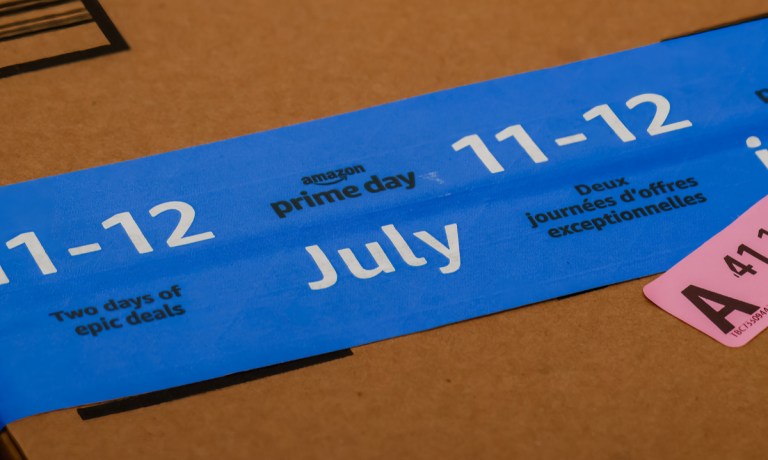Prime Day 2023: US Consumers Spend $6.4 Billion in First 24 Hours

Within the first 24 hours of Amazon’s Prime Day event, U.S. consumers spent $6.4 billion online, according to Adobe.
Despite a 6% increase year over year, Bloomberg reported Wednesday (July 12), the amount fell short of expectations as shoppers pursue deals and inflation poses challenges.
Despite the potential risks associated with enticing customers during an economic downturn, it’s something the retail behemoth is used it as Amazon faced its own challenges during last year’s Prime Day event, including inflationary pressures. According to a PYMNTS Prime Day 2022 report, which surveyed 3,245 shoppers, the median spending on Prime Day 2022 surged by 40% to reach $175.
The company has implemented “invite-only” promotions, which allow shoppers to express their interest in a deal and receive a link to purchase items that are still available. The initiative aims to address buyer disappointment when some of the best deals vanish within seconds.
Amazon Prime Day 2023 marks the eCommerce giant’s ninth year running the event, running July 11-12.
To help reach its goals, one of them being to exceed its 2022 Prime Day by selling over 300 million items worldwide, Amazon designs its promotions to acquire new customers and enhance the bond with existing ones.
Read also: Amazon Uses Priceline Partnership to Grab Travel Spend on Prime Day
According to research firm Numerator, the event had a promising beginning. By 8 a.m. New York time on Wednesday, the average order value stood at $56.64, a 7% increase year over year. Home goods and household essentials emerged as the top-selling categories.
Adobe reported that about 6% of orders use buy now, pay later services, a surge of nearly 20% compared to 2022.
According to Adobe’s earlier projection, U.S. eCommerce sales were expected to grow 9.5%. Globally, shoppers are projected to spend around $12.9 billion, a 11% increase, as reported by Insider Intelligence.